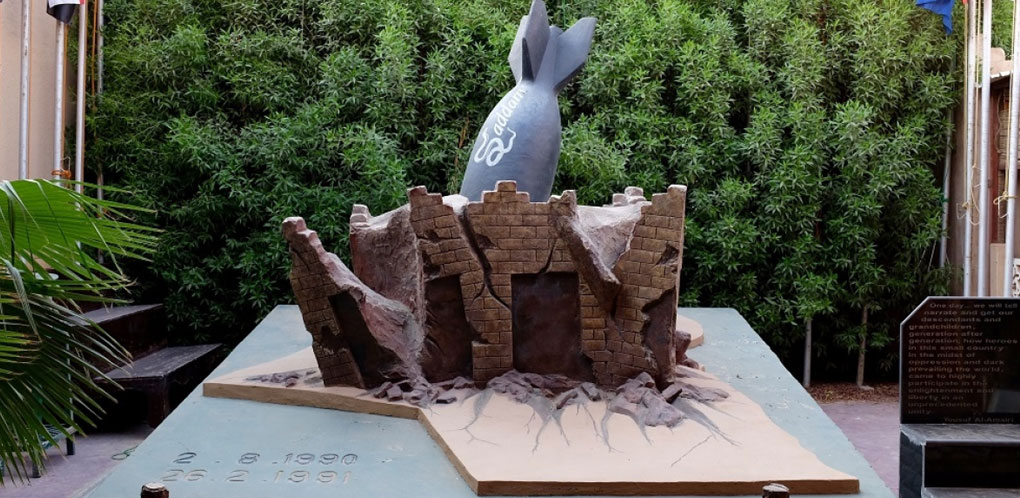
American Cultural Centre
The Amricani was built by the Dutch Reformed Church of America in the early 20th century as a hospital. The local people called it “Mustashfaa Amricani”. Out of respect for the history of the p;ace, we kept “Amricani”.

History of American Cultural Centre
The elegant structures lining the seafront in Kuwait City stand as enduring symbols of the nation’s dedication to community welfare, both in its storied past and promising future. Among these architectural treasures, the Al Amricani Cultural Centre holds a significant place, having served the people of Kuwait since the early 20th century.
The historic Amricani compound took shape between 1911 and 1913, initially comprising essential facilities such as a men’s hospital, women’s dispensary, and administrative offices. Over the years, it expanded to include a women’s hospital in the 1930s and a new men’s hospital completed in the 1940s. Staffed by professionals hailing from the US, Europe, and Kuwait, these hospitals played a vital role in healthcare provision, with many Western employees arriving as missionaries dedicated to serving the community. Notably, local Kuwaitis were often recruited for entry-level positions, receiving training that empowered them to assume more advanced roles within the healthcare system. Remarkably, individuals like Haider Khalifa, who started as an orderly in his teens, ascended to become pivotal figures in Kuwait’s public healthcare administration.
In 1967, with the Kuwaiti government establishing a robust network of public hospitals, the American Mission Hospitals closed their doors. Following a period of rejuvenation, the historic buildings underwent a transformative rebirth as a cultural center and museum, breathing new life into their storied halls.
Today, these buildings remain vital community hubs, repurposed to serve contemporary needs. The Olcott Building, formerly the women’s hospital, now houses the administrative offices and community-oriented exhibition spaces of Dar al-Athar al-Islamiyyah. Meanwhile, the grand edifice once known as the men’s hospital, named in honor of Dr. Stanley Mylrea, encompasses exhibition spaces, an education wing, a conservation lab, and a theater, continuing its legacy of enriching the lives of Kuwaiti citizens through cultural engagement and preservation.






















